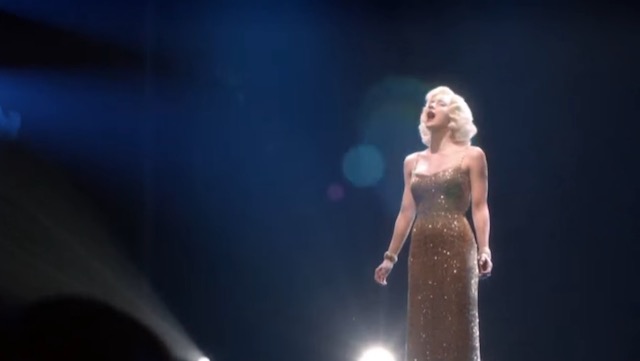It was always more than just stage fright.
In fact, the feelings persisted even after the show was over. My palms would sweat, my heart would race, and I’d feel so buzzed I couldn’t sit still. While I’d smile and laugh at the bar with my fellow actors after performing, I’d be shaking on the inside and ready to run home and shut myself in my room.
It had been like this for most of my life as an actor. It started in theatre school and then ratcheted up as I began to perform professionally. Shows felt like personal emotional marathons and production runs felt like roller coaster rides punctuated by extreme energetic highs and lows.
On off days, I’d be able to reestablish some sense of personal balance only to find myself turned upside down again on the next show day. Worst of all, the sense of joy I found in performing had become overshadowed by my fear of these after effects. I didn’t know why this was happening. And I definitely didn’t know how to fix it.
Eventually, I began transitioning away from acting and moved toward directing. Emotionally, it was easier for me to work behind the scenes, and I began to enjoy helping actors create and explore characters. But the memories of my own challenges as an actor never left me. While I was happy on the director’s side of the audition table, I didn’t want to feel afraid of performing. I wanted to leave the door open if the right role came along. I wanted to find a solution.
Enter meditation. More specifically, enter a yoga teacher training program that required each student to develop a personal meditation practice.
I had been a yoga practitioner for many years, but I had never been a meditator. In yoga class, savasana, the final resting pose, was my least favourite pose. Lying on the floor, my mind would race and having to keep still made me feel trapped and panicky. So the idea of meditation didn’t really appeal to me.
But reluctant as I was, I had to try to meditate. No matter how resistant I felt, I had to come back to it day after day. Eventually, it got easier. And I learned so much from it.
In developing a meditation practice, I learned about energy. It taught me that while on stage, I was exposed to a lot of heightened energy from my fellow actors and the audience. As a sensitive person, like many performers are, my system would sometimes become overwhelmed by all of this energy. This was what caused the buzzed and anxious feeling I would get after performing. And I learned that through meditation, I could prevent this energetic overwhelm from happening or bring myself back into balance if it did.
It gave me hope that I could one day get back up on stage again. And few months ago, almost six years since my last acting gig, I had the chance to test it out.
It was a one-night-only, 10 minute piece at a theatre I knew well. It was relatively low stakes. But as I looked out at the audience from offstage and saw 100 faces staring back at me, my fears about energetic overwhelm started creeping back. But this time, I had my meditation practice for support.
I found a chair and sat with my feet connected firmly to the floor. I encouraged my body to relax and let the chair support my weight. I visualized a white light glowing at the centre of my chest. I took a deep inhale. On my exhale, I imagined the white light expanding out from my chest until it completely surrounded me.
I affirmed that this white light was my energetic boundary and that it would protect me from any unwanted or excess energy I came in contact with onstage. I took a few moments to breathe in this image. When I felt ready, I brought my attention back into the space and prepared for my entrance.
Stepping onstage was a totally different experience. I felt calm, centered, and grounded. Anytime I felt a twinge of overwhelm during the performance, I visualized that boundary of white light. Then, when the performance was over, I went back to the chair and spent a few moments connecting in with that image again. I scanned the white light, searching for any “holes” or areas where unwanted energy may have gotten through. Then I imagined them being filled in with more white light. When I felt the boundary was secure, I brought my attention back into the room and then joined everyone else offstage.
In many ways, it was a very simple practice, but the difference in my experience of performing was so profound. I felt like I could stay grounded in myself, even as I took on the energy of a character. And I felt that I could connect with the audience without having to take on their energy. For the first time in a while, I was able to feel the joy of being in front of an audience without feeling overwhelmed. It was a game-changer.
Now, as a dedicated meditator, I not only use this practice when I perform, but also any time I find myself presenting publicly or speaking to a group of people. It has even become helpful when dealing with conflict, as it prevents me from being riled up by the intense emotions of others.
Above all else, I no longer feel paralyzed by the idea of the energetic overwhelm of performing. Being in front of an audience is not something I have to fear, but something that I can experience joy from doing. Because that’s what meditation truly gives us all: the opportunity to choose joy. And for that I am incredibly grateful.
~
~
~
.
Author: Mairin Smit
Image: “Smash” YouTube
Editor: Travis May












Read 1 comment and reply